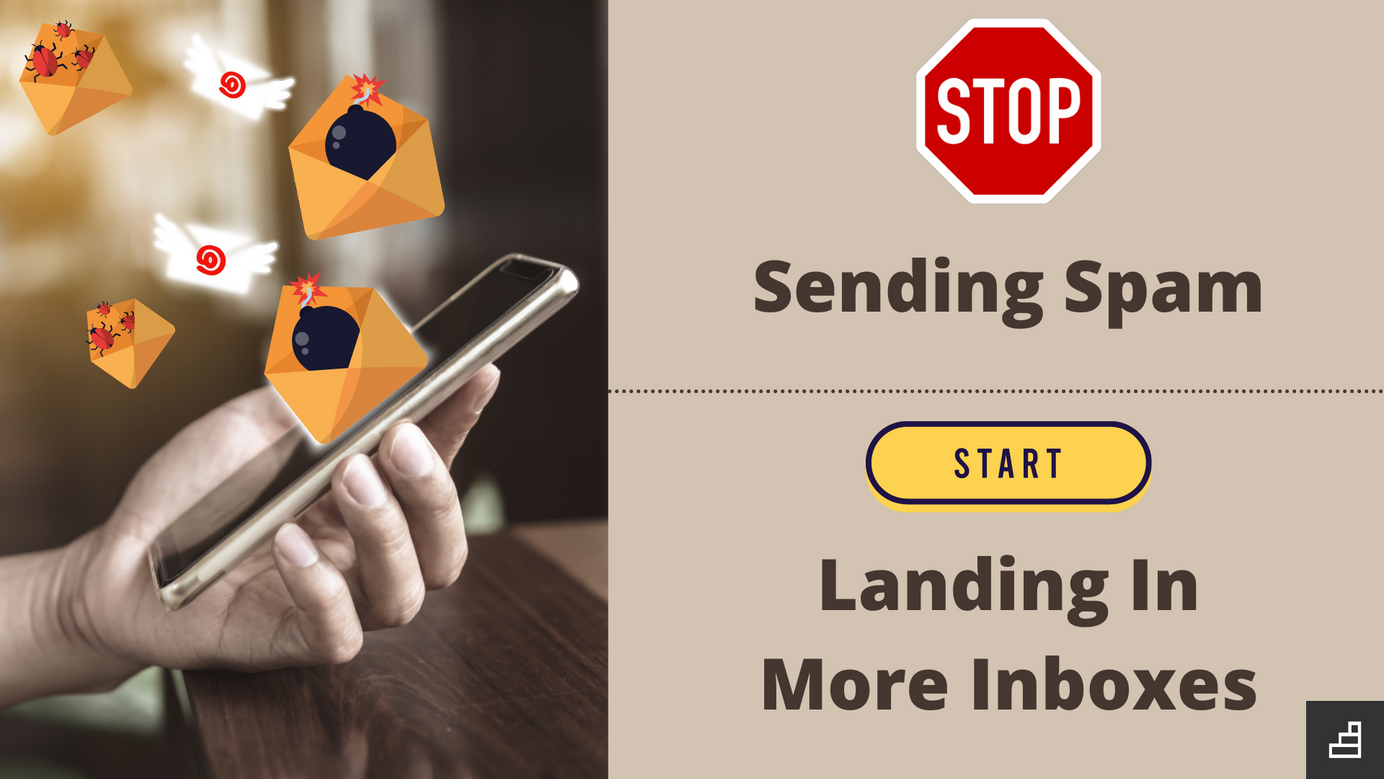
Spam Email: What Is It & How Does It Work?
Spam email, also known as junk email, consists of unsolicited emails from a sender to a recipient. Emails are generally considered spam when the recipient does not consent to receive emails from the sender, or the sender sends too many emails to the recipient.
What Is Spam Email?
Spam email, also known as junk email, consists of unsolicited emails from a sender to a recipient. Emails are generally considered spam when the recipient does not consent to receive emails from the sender, or the sender sends too many emails to the recipient.
Genuine spam emails usually try to sell something to the recipient or are spoofed emails looking to scam the person on the other end of the email. Unfortunately, as email has gained traction, so has spamming. Spamming has become extremely common in its methods of reaching people and getting around spam filters. In fact, it’s estimated that approximately 80% of emails sent each day are spam.
Although spam isn’t an acronym for anything, the term for unwanted emails was inspired by a Monty Python sketch. In the sketch from Flying Circus, two diners are at a restaurant and have to get a meal with SPAM in it, whether they want it or not.
In the early 2000s, governments began to crack down on spam-sending. The US, UK, and European Union all have legislation against spam. (The US law is the CAN-SPAM Act, which is very punny considering the “food” spam.) At the same time, multiple tech moguls worked to create elite spam filters to protect users.
While the efficiency of spam filters has improved drastically, it can be hard to weed out every bit of spam. Or, in some cases, emails that aren’t spam are unintentionally flagged as spam.
How Does Spam Email Work?
There are a few ways for spammers to get ahold of a person’s email address and start sending them unwanted messages.
The Email Was Leaked in a Data Breach
Even the most secure platforms have a hard time battling modern hackers. Most spammers are able to get emails through data leaks and email spreading. Data leaks can be especially dangerous because they often include the release of other sensitive information like names, passwords, mailing addresses, and credit card information. Spammers will use the information from a data leak illegally simply because they know the emails are updated and active.
The Email Was Harvested with a Specialized Tool
With the digitization of resumes and using websites as a means to get work, spammers can use a tool that scans the Internet for published email addresses. By searching for anything with an “@” symbol, spammers are able to gather lists of email addresses published for professional or social reasons.
The Email Was Stolen from a Contact List
If a hacker gets into your friend’s email account, then they can use your friend’s contact list to gather new recruits for their spamming efforts.
The Email Was Randomly Generated
Sometimes spammers simply use a lot of guesswork. By trying out various combinations with common domains like “@gmail.com,” “@outlook.com,” or “@yahoo.com,” spammers can use trial and error to find valid email addresses. When they get an email that accepts the message, they add it to their list.
The Email Was Sold to Spammers
Unfortunately, some companies will sell their email list to spammers. If you happen to be on the mailing list for one of these dishonest companies, then you’ll find yourself on the spammer’s mailing list as well.
What Are the Most Common Types of Spam Email?
There is an endless number of types of spam emails, but some of the most common include:
Phishing Emails
Given their name because the senders are trying to “hook” people, phishing scams are attempts to trick people into submitting their sensitive information like website logins or credit card information to the scammer. Phishing emails are one of the most common forms of spam but can be one of the most effective and dangerous depending on the kind of information the scammer is asking for.
Email Spoofing
Scammers will make their emails look like they’re coming from a reputable sender and request that you take some form of action, whether it’s paying an outstanding balance, verifying your account, or updating your billing information. The most intricate spoofs will lift logos from massive companies and follow the structure of their regular emails very closely.
Tech Support Scams
These emails indicate that your computer is experiencing a technical problem and that you need to click the link or call the number listed to get it resolved. Like spoofed emails, these messages will look like they’re coming from a reputable tech company. Remote tech support generally requires giving someone access to your computer and giving a scammer this information can lead to multiple issues.
Current Event Scams
Spammers will take advantage of things going on in the world to try to get vulnerable people to offer up sensitive information. For instance, during the COVID-19 pandemic, scammers sent emails offering financial relief to small businesses. These emails required the businesses to submit their bank account details, and small companies who fell for the trap ended up financially crippled.
Advance-Fee Scams
Often known as “Nigerian Prince” emails, these messages ask the recipient to forward the sender a certain amount of money. Most often, they’ll claim that the recipient is entitled to a significant financial reward but that they have to send a cash advance first. As soon as the scammer gets the money, they disappear. These scams also sometimes take the form of the sender pretending to be a family member who’s in trouble and needs a financial bailout.
Malspam
Otherwise known as “malware spam” or “malicious spam,” malspam is a message that includes a link or attachment that, when clicked on, downloads malware to the user’s device. The malware included in these messages can consist of ransomware, Trojans, bots, info-stealers, spyware, keyloggers, and cryptominers.
Why Are You Receiving Spam Email?
The truth is, you’re receiving spam emails because you have an email address, and someone wants to make money off of you. It’s a sad fact of modern Internet usage, but there are ways to prevent spam messages from getting to your inbox. Two easy ways to do this are installing a reputable spam filter and marking any unwanted messages as spam, so your ISP doesn’t allow any more messages from that sender to get through.
How to Stop Your Emails from Being Marked as Spam
When you’re on a marketing team, it can be challenging to ensure that your messages get to your intended recipients’ mailboxes. With the rise of sensitive spam filters, you have to take the time to keep your domain in good standing with various ISPs. Ways to do this include:
- Managing your Sender Reputation
- Authenticate your address with SPF, DKIM, and DMARC
- Use an email spam checker to see how likely your email is to be flagged as spam
- Work towards having a high open rate for the emails you send (a lot of this has to do with your subject line)
- Send a lower quantity of high-quality content
- Use a double opt-in method so your customers can confirm that they want to receive emails from you and verify their email address
- Never buy email lists, as they can often be littered with spam traps
- Warm up your IP before you begin sending out as many emails as you want to send each day
Warmup Inbox can help you get your emails into your recipients’ inboxes and keep you off harmful blocklists. Get started for free.-
Newsletter
Join the newsletter to receive the latest updates in your inbox.





